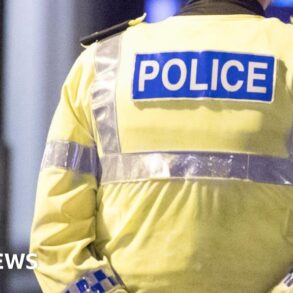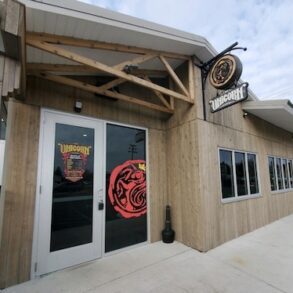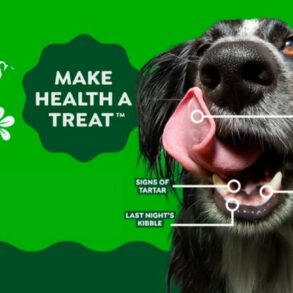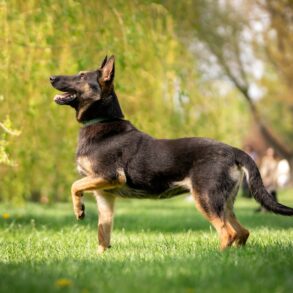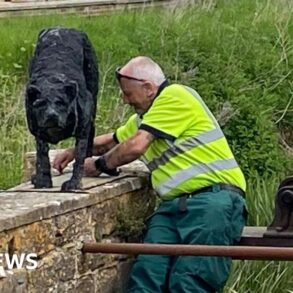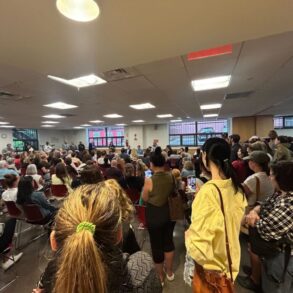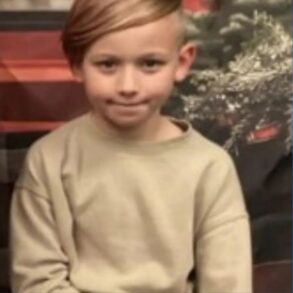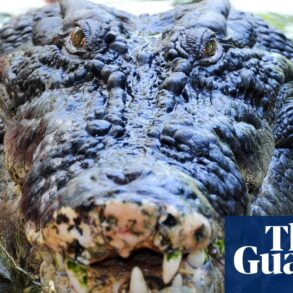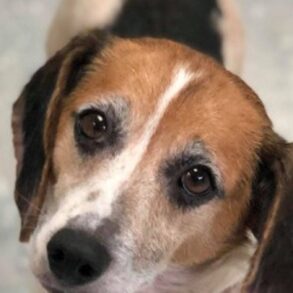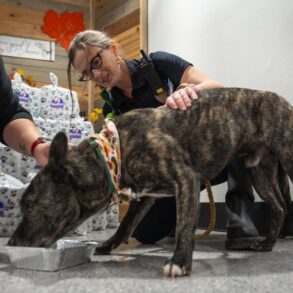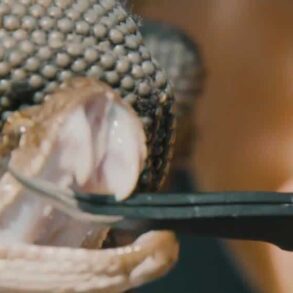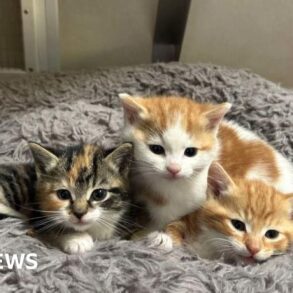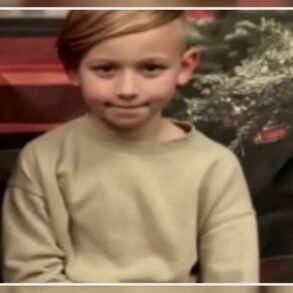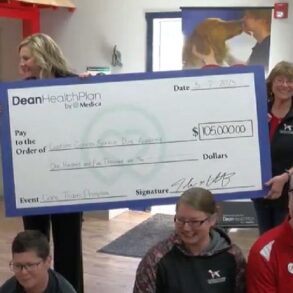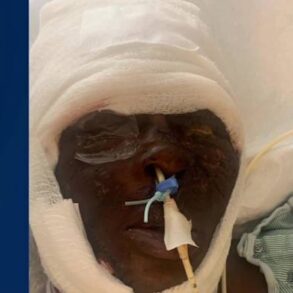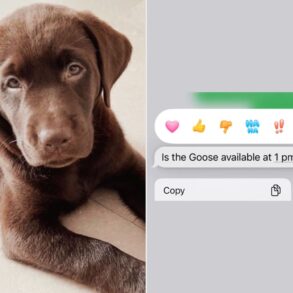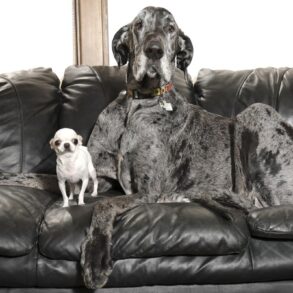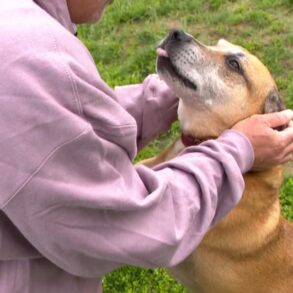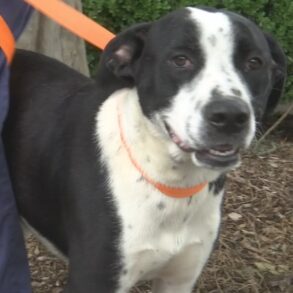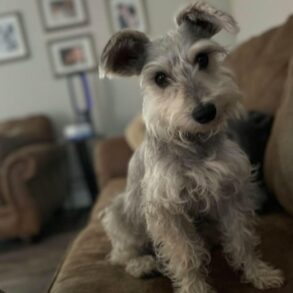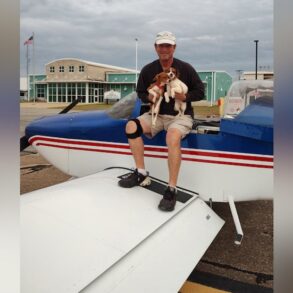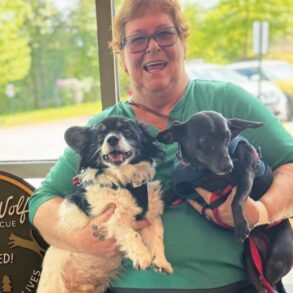- While dogs and cats are genetically unrelated, breeding for certain features is making some dog and cat breeds look more and more alike.
- Preferred features include a flat face and huge eyes, which is why breeds such as pugs and Persian cats are starting to take on an uncanny resemblance to each other.
- Humans likely breed for these features because they most closely resemble those of human infants and trigger parental instincts.
Cats or dogs? Dogs or cats? Whether you’re a feline fanatic or with the canine crowd, maybe you’ve noticed your cat has an eerie resemblance to a popular purebred pug on social media, or that your dog is starting to look like a lot of Instagram cats.
This phenomenon isn’t a trick of the imagination. Some breeds of dogs and cats really are starting to look uncannily similar, and it’s all because of the human aesthetic preferences that go into breeding them. After analyzing the shapes of about 2,800 skulls of cats, dogs and their wild brethren, evolutionary biologists Abby Drake (from Cornell University) and Jonathan Losos (from Washington University) found that there was more variation in the skulls of domesticated animals than wild ones because of artificial selection by breeders. They did a double take, however, after comparing the shapes of dog and cat skulls.
“The skulls of a pug or a Pekingese and a Persian cat are more similar to each other than either is to their ancestors, the wolf and the North African wildcat,” Losos said in a recent press release. “I don’t think anyone would have expected that.”
Regardless of whether they happen to be dog or cat lovers, humans tend to prefer flat faces and huge eyes, most likely because these features closely mirror infants of our own species and trigger parental instincts. Homo Sapiens is one of the most altricial species on Earth, meaning that our offspring are helpless and depend on caregivers for one of the longest periods in the animal kingdom. Seeing these features automatically puts many of us into nurturing mode—so much so, in fact, that caring for pets is also sometimes referred to as alloparenting (which refers to parenting anything other than direct offspring).
Puppies and kittens are not helpless for long. As precocial animals, they are walking, leaping, pawing at the carpet, and knocking over houseplants just weeks after they open their eyes. Human infants don’t even begin crawling until about 7 months. Despite a puppy being anything but helpless, features that make a breed appear like a human infant (which needs our constant attention) up the cuteness factor.
The merging of dog and cat features is an example of convergent evolution, which happens when unrelated organisms (which may even live far apart for each other) evolve similar characteristics because of the environmental pressures they face. This has been going on since there was life on Earth—for example, when fossils from what appeared to be a saber-tooth cat emerged in Argentina, scientists examining the bones realized that the creature was actually a monstrous marsupial that had developed fangs to tear through leftover carcasses.
Divergent evolution, which results in speciation, is the opposite. Canids (dogs) and felids (cats) diverged from each other 50 million years ago.
“If you read the breed standards for the Pekingese and the Persian, the language is very similar in terms of how they want the nose to be up between the eyes and the face to form a vertical plane with no protrusion of the muzzle,” Drake said in the press release.
There are still those of us (including this author) who love creatures that don’t even look remotely human as our own. But, in general, people tend to melt at anything that looks human-ish. Problems with this arise when an animal’s health is compromised for its looks. For instance, flat-faced dogs like pugs and Boston Terriers cannot fly because of a high (and potentially lethal) nosebleed risk. And pugs did not evolve these characteristics on their own—they used to be almost unrecognizable by today’s standards, with longer faces and legs. It is because humans bred the individuals with the flattest faces that they developed into what they are now.
Your neighbor’s very expensive designer dog went and had puppies with a stray of indeterminate breed? Scandalous, but in the end, it’s probably better for the puppies.
Elizabeth Rayne is a creature who writes. Her work has appeared in Popular Mechanics, Ars Technica, SYFY WIRE, Space.com, Live Science, Den of Geek, Forbidden Futures and Collective Tales. She lurks right outside New York City with her parrot, Lestat. When not writing, she can be found drawing, playing the piano or shapeshifting.
This post was originally published on this site be sure to check out more of their content.


